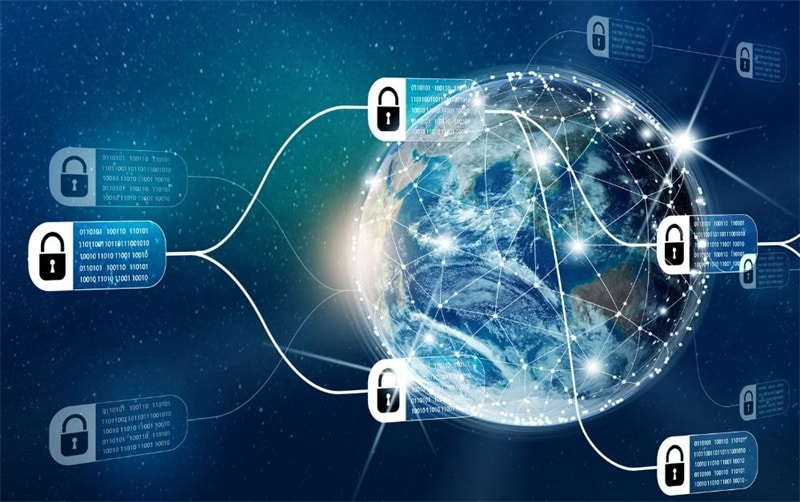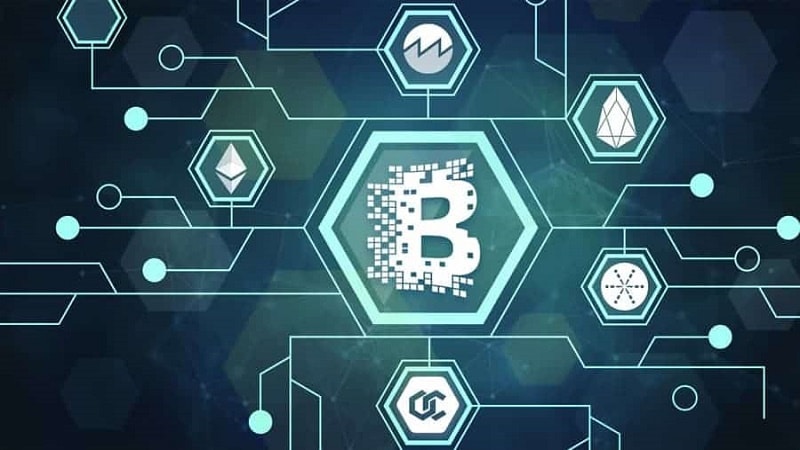Blockchain Technology
It is a distributed database that is stored very carefully in a computer system, making it challenging to alter or fabricate. In different words, a blockchain is only a digitized database of transactions. Each component on the blockchain requires a set of trades, and new transactions occur every time on the blockchain. If you wish, you can join crypto anywhere it goes, and it can be traded through the Bitcoin Era app.
A log is joined to the ledger for every user.
Top 4 Key Features of Blockchain Technology
1. Immutability
Being unable to change or modify is a trait known as immutability. It is among the essential feature of blockchain technology. One of the most beneficial characteristics of this technology is that it ensures the system will operate as an uninterrupted and unchanging network.
The development of distributed ledgers is a key feature of blockchain. Because it relies on a third party for security, and a centrally maintained database is vulnerable to forging and hacking.
This essential element of blockchain systems is to alter many situations where fraud or manipulation is suspected. As a result, if companies started adopting blockchain technology to govern their private network design, no one would break in, alter it, or extract information. One of the qualities of this technology that aids in transaction traceability is its originality.
2. Decentralized

Because decentralization is an essential aspect of blockchain, no one in a distributed blockchain network needs to know or believe anybody else. Every node in the network copies the same data from a distributed ledger. A large portion of network members will reject any log that has been changed or corrupted in any way.
Decentralization has the potential to lessen the severity of failures in systems that rely excessively on explicit personnel. These faults can lead to errors, such as the inability to supply promised management or wasteful assistance due to asset fatigue, frequent outages, a lack of acceptable grounds for outstanding service, or fraud.
Blockchain, by establishing a new transaction paradigm, has become an excellent instrument for redesigning the global market. Because blockchain is distributed, all transactions may be inspected in real-time using a customized node or blockchain browsers.
Every node has a replica of the sequence that is upgraded when new blocks are included and verified. Transaction decentralization refers to B2 B e-commerce that is more open, reliable, and economical.
3. Enhanced Security
Because there is no longer a need for a central power or middlemen to conduct transactions, a single node may not modify any blockchain attributes or records to its advantage. Encryption using hashes and crypto adds an extra degree of security to the system.
Each record on the blockchain is encrypted separately. Encryption increases the overall security and functioning of the blockchain network. This is one of the essential characteristics of blockchain technology since it provides a more secure environment for users than the Internet.
Changing the block data would require significant computation on the blockchain before the rest of the network could respond. This shows how tough it is for hackers to break into the network.
4. Distributed Ledgers

A distributed ledger, such as a blockchain, will often provide information on the parties and transactions involved. Because everything is exposed, there is no place to hide. The reasoning for a private blockchain, on the other hand, is rather different. The blockchain database is open-source, immutable, and transparent, and is kept on every node in the network.
Blockchain ledgers are tamper-proof, which is only one benefit of this crucial aspect of blockchain technology. The design of ledgers prevents anybody from editing them, and updating occurs almost instantly. There is also no discrimination with a public blockchain. Nobody running the network should anticipate preferential treatment or discrimination from network nodes. When it comes to adding blocks, everyone follows the same technique.
Conclusion
Blockchain technology has immense features and benefits that help you channel the right resources to uplift the game of Bitcoins, NFTs, and other virtual assets. It’s about time you delve into its details to make the right choices in the world of the metaverse.
